|
On the heels of the release of his highly anticipated second edition of The Sibley Guide to Birds, David Sibley will speak and sign books from 7:00 to 8:00 p.m., April 9 at Ryerson Woods. The book talk will take place in the Welcome Center, 21950 Riverwoods Road, Riverwoods, IL. The event is free and open to the public. Registration is required. Sibley will talk about his research out in the field and in museums to gather information he said has made his second edition more accurate and more useful to birders. The cover features the Magnolia Warbler, a bird Sibley recalls seeing first when his father, ornithologist Fred Sibley, banded it near the Point Reyes Bird Observatory in California. It’s one of many birds that will be migrating through the Chicago and suburban area in May.
0 Comments
by Luke Buckardt
Although it seems that we may never escape this winter’s grasp, spring is near. This transition into a warmer season is driven by a lengthening day and more direct sunlight. Every year, spring brings about a plethora of changes to our local environment. We think of ephemeral flowers and migrating songbirds, but what happens to the environment during the early stages of the transition? The impending thaw is something we can look forward to, but it also brings many necessary changes to Ryerson Woods. When the first thaw occurs, the ground is usually still frozen on the surface, which creates an impermeable surface. The water needs somewhere to go, so it acts as it would during a heavy rain. Water is affected by gravity, and it will go to the lowest point possible. In many areas, including our own corner of Lake County, this is in a river or stream. The Des Plaines River breaks out of its banks and causes flooding, which varies from year to year depending on many factors. These include snow totals, the speed of the melt, and any additional precipitation that occurs during a thaw. Flooding is considered a nuisance for many reasons. It affects homeowners along the river and can close streets. However, the annual spring flood plays an essential part in developing and sustaining a healthy ecosystem. Each year, the flood alters the river landscape, rearranging downed trees and other debris. This constant change keeps habitat available for many species. This extra material can accumulate in the river, making necessary habitat for native fish and invertebrate species. It can also pile up along the river, creating protection for other native fauna. Debris carried by floods can alter the entire hydrology of a river or stream. Floodwaters often creep into the riparian areas alongside the river, which adds many benefits to a habitat. When the water is out of its banks, it often slows down due to increased vegetation and a less channeled path. When the water slows, it deposits the suspended sediments. These are often very nutrient-rich. Once the water recedes, the sediment is left along the banks and regenerates the nutrient levels along the river. This leads to an increase in productivity for both plants and animals that are found within a riparian zone. Finally, flooding benefits the diversification of plants along a river. The floods transport seeds down river. This increases diversity within a plant community, but it also perpetuates the success of many species. The river can carry seeds or pollen to new areas where they have not been previously. This aids in the genetic diversification of a plant species, which ultimately strengthens that plants ability to survive. Once the thaw begins, it also creates another important habitat for many species in Lake County. When water cannot travel to a stream or river, it pools in low-lying areas. These temporary vernal pools are an extremely important wetland for many plant and animal species. Because they are often void of predators, these ponds attract many species of amphibian. Frogs and salamanders live close to vernal ponds year round, but during the spring thaw, they flock to the area for mating purposes. They attract mating partners in the water, mate, and lay eggs. Because these areas are void of constant aquatic predation, they are perfect for perpetuating a species. Chorus frogs, spring peepers, and wood frogs all use these vernal ponds for mating. The blue-spotted salamander frequents vernal ponds of Lake County in order to mate and lay eggs. These habitats are necessary for some of the county’s most endangered species, particularly the tiger salamander. For just a few weeks out of the year, these pools become extremely busy areas in the forest. The spring thaw is a wonderful thing for all the inhabitants of Lake County. Although it can cause some temporary issues for people, the thaw is essential in the perpetuation of many species of plants and animals. Now all we can do is wait and enjoy the thaw when it comes. It is just the first step in a very exciting transitional time for the local environment. This blog post was written by Luke Buckardt, who assists Brushwood Center with social media. Luke graduated from Northland College in 2012 with a degree in biology. He grew up in Riverwoods and has roamed Ryerson Woods since he was young, knowing the preserve intimately.
The passenger pigeon was a wonder of its time. Great flocks passed over the cities, towns, and farms of eastern North America "darkening the skies for days." Millions roosted in forest, tree limbs crashing from the weight of so many birds. Nesting grounds reportedly covered hundreds of square miles of territory.
Then again, how can you miss something that you never knew? This notion is part of the impetus behind the new exhibition “Facing Extinction” at Brushwood Center (opening on Sunday, March 9 from 1:00 to 3:00 pm). The show aims to raise awareness of the world’s endangered species before they slip into oblivion. Using the cautionary tale of the passenger pigeon as a starting point, “Facing Extinction” presents 12 artists whose work addresses the environmental, cultural, and moral issues surrounding human-caused extinctions.
Other works in the show are more conceptual, especially those by Annette Barbier and Jenny Kendler (from her solo practice). Annette’s Lost features a large nest containing broken eggs marked with the names of extinct birds. The work suggests the destruction of species at human hands. Composed of vintage bird figurines, Jenny’s Camouflage series strives to bring awareness to still-living species that need our protection. The subtext that runs through the entire show is that there is still hope and opportunity; that we, as humans, can act to save species from extinction, not just for the sake of bolstering the world’s biodiversity, but for ensuring our own survival. I hope that you will be able to attend “Facing Extinction” and support the work of these artists who blend creativity with activism. —Franck Mercurio, Curator
|
AuthorThis blog is written by the staff and partners of Brushwood Center at Ryerson Woods Archives
February 2022
Categories |
|
21850 N. Riverwoods Rd.
Riverwoods, IL 60015 224.633.2424 [email protected] ABOUT BRUSHWOOD BECOME A PARTNER VOLUNTEER AND JOB OPPORTUNITIES |
Brushwood Center at Ryerson Woods is committed to enabling the participation and enjoyment of our programming and events for all visitors. At Brushwood Center, you will have open access to accessible parking and entrance to the house, a gender neutral bathroom, and changing tables.
If you require certain accommodations in order to observe or attend our events, or have questions regarding accessibility of our facilities, please contact our Director of Public Programs and Music, Parker Nelson, at [email protected] or at (224) 633-2424 ext. 1. Programming and events at Brushwood Center are available to everyone, including but not limited to age, disability, gender, marital status, national origin, race, religion, and sexual orientation. Site Photography by: In Life Photography, Michael Kardas Photography, Ewa Pasek Photography, Brushwood Staff, and Josiah Shaw Productions |
OPEN TO THE PUBLIC Monday - Thursday & Saturday: 10am - 3pm Sunday: 1pm - 3pm and by appointment |
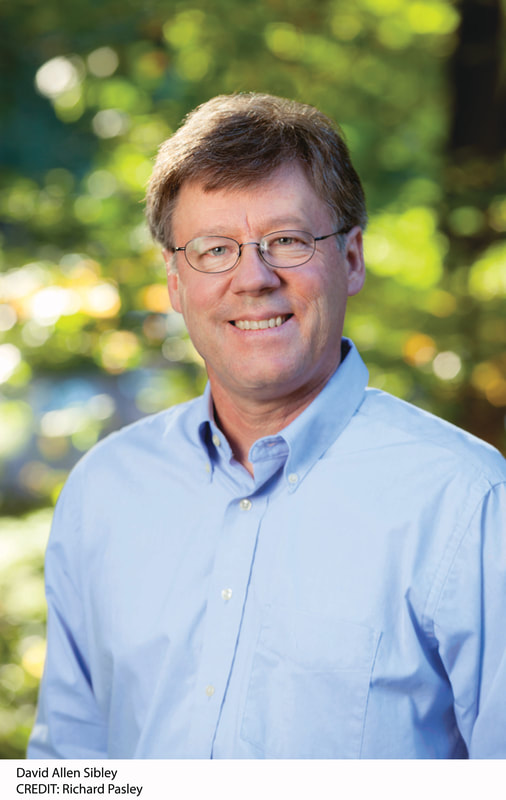
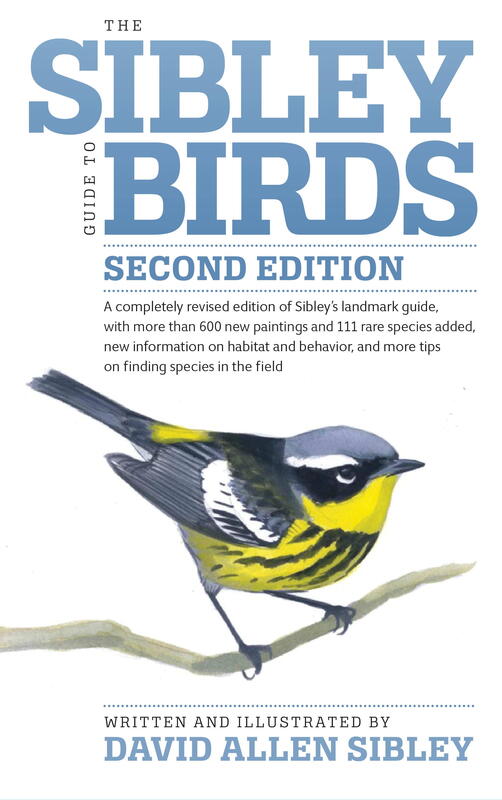
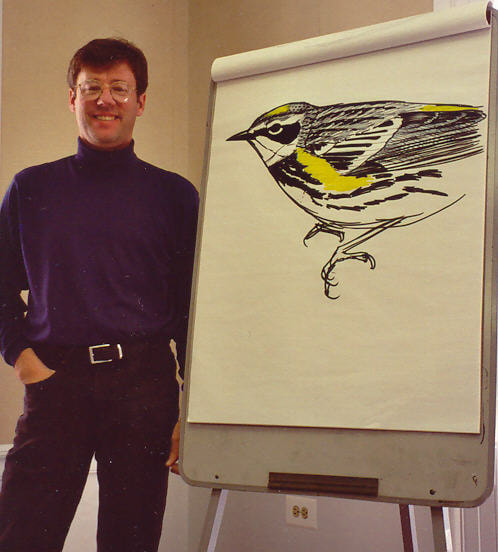
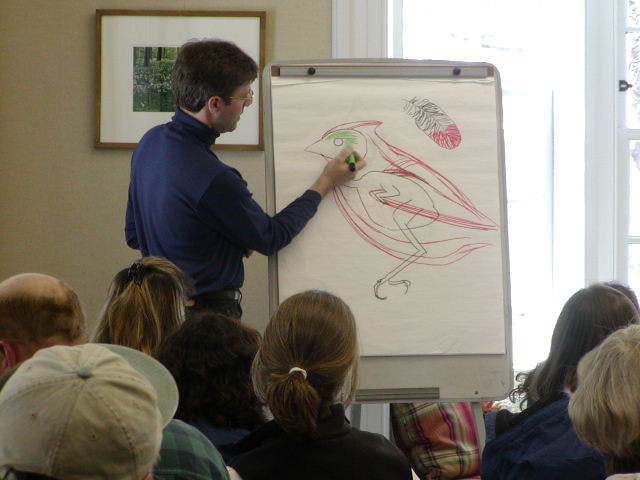
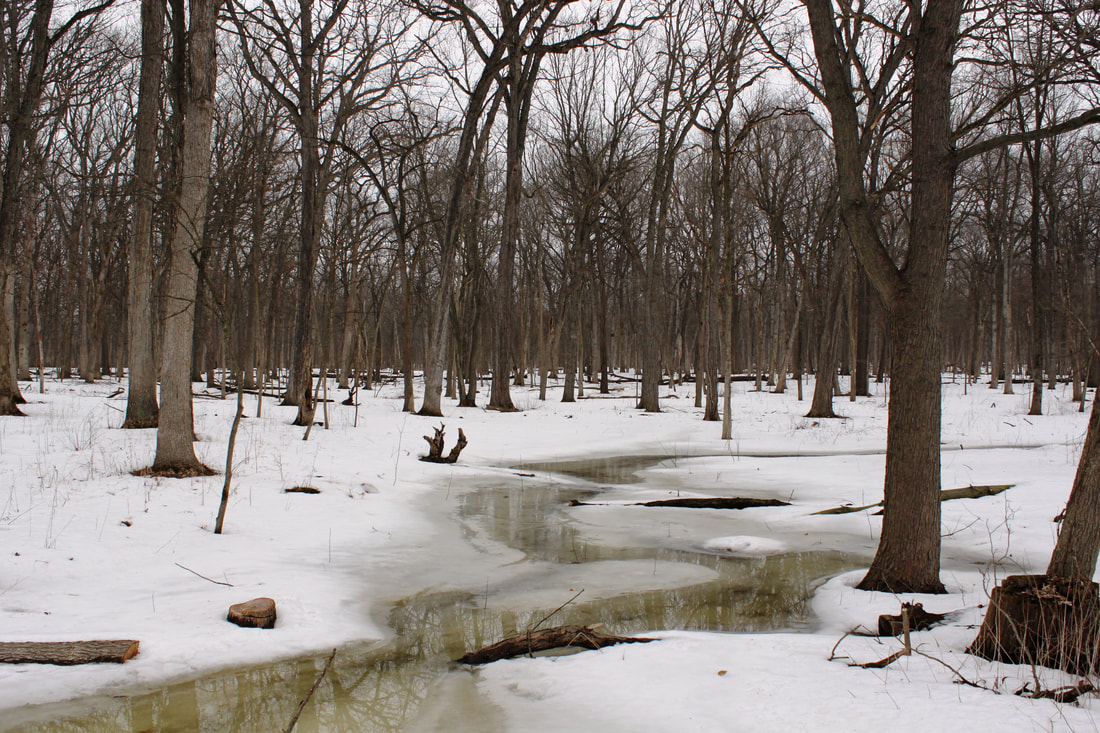
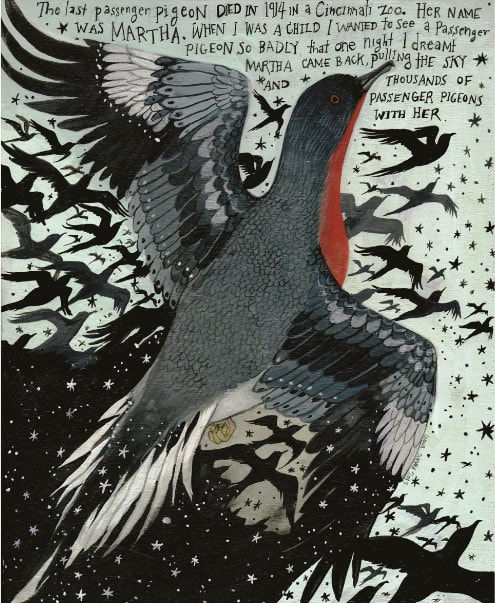
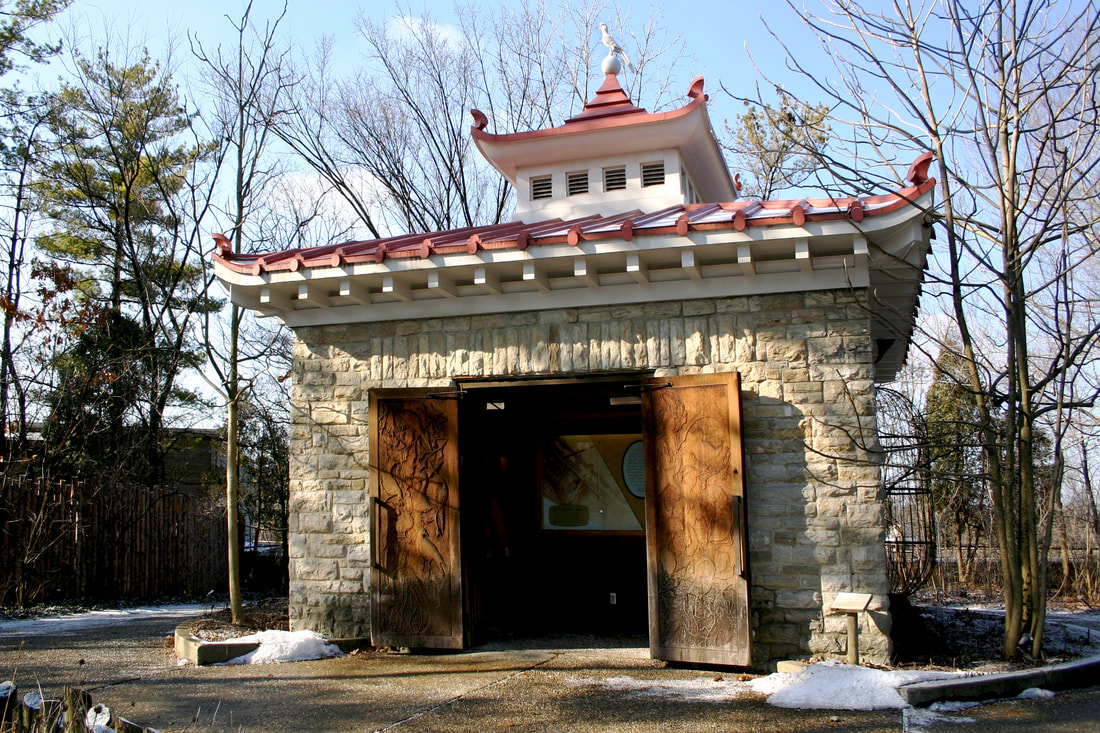
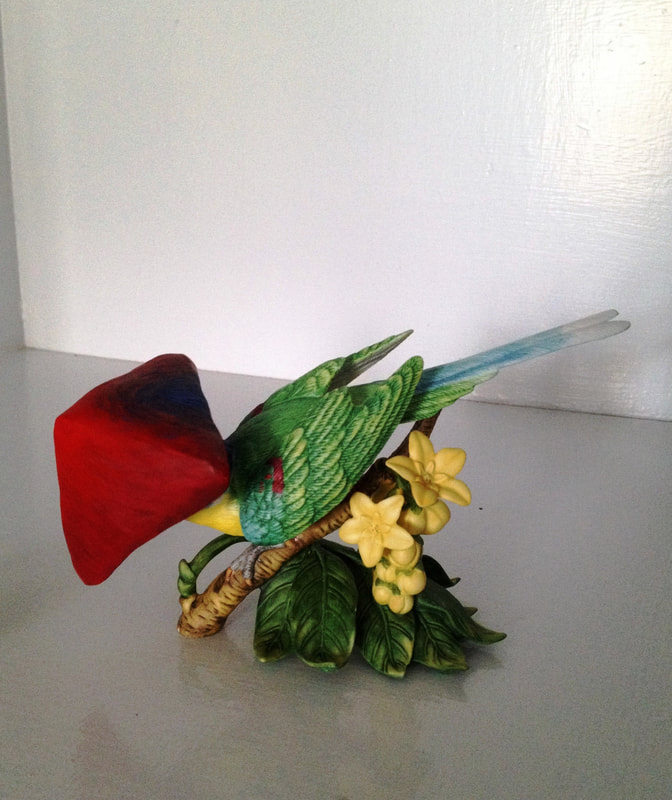
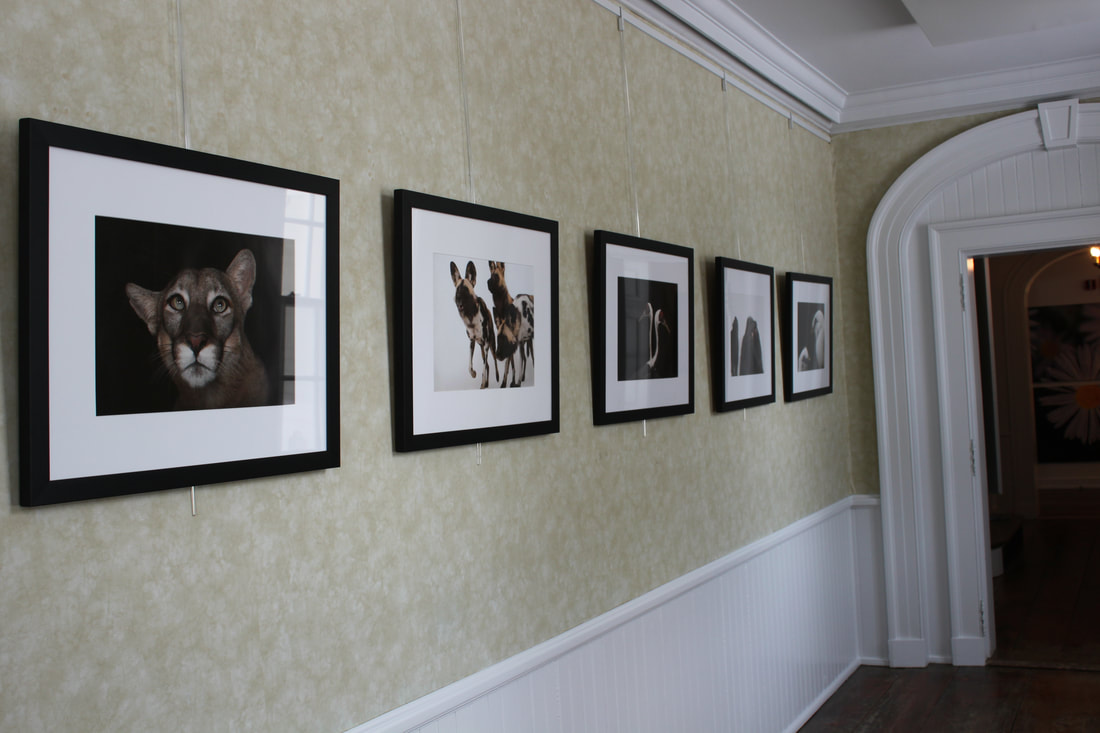
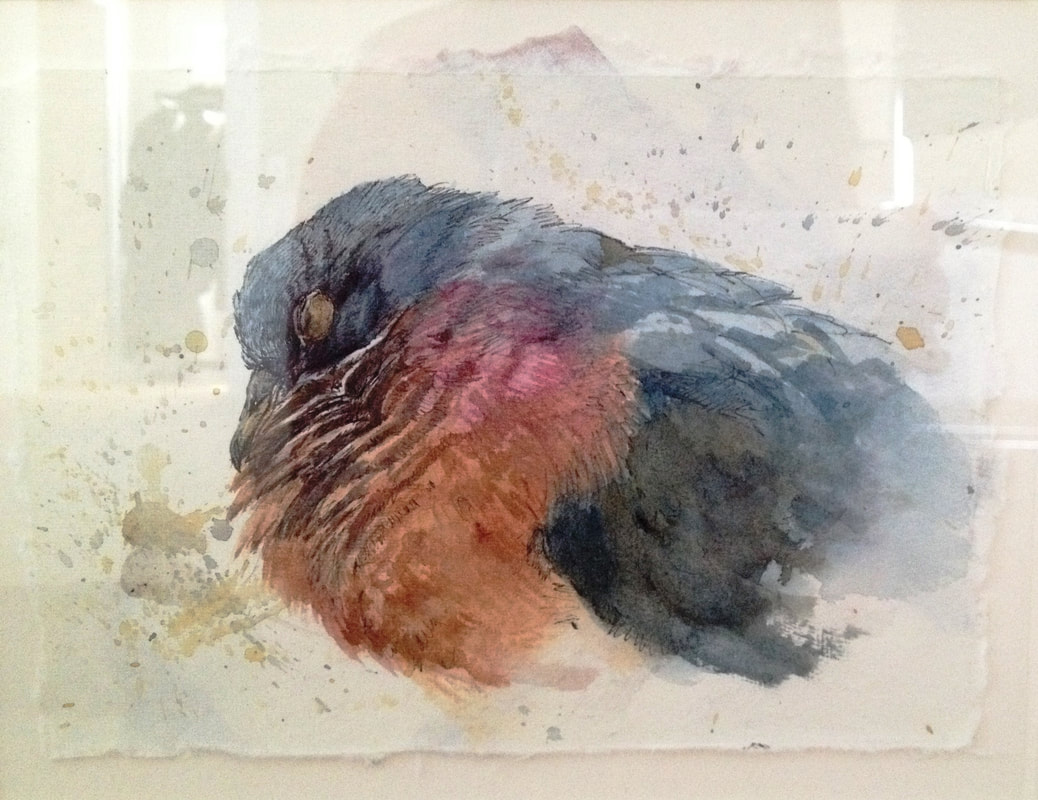
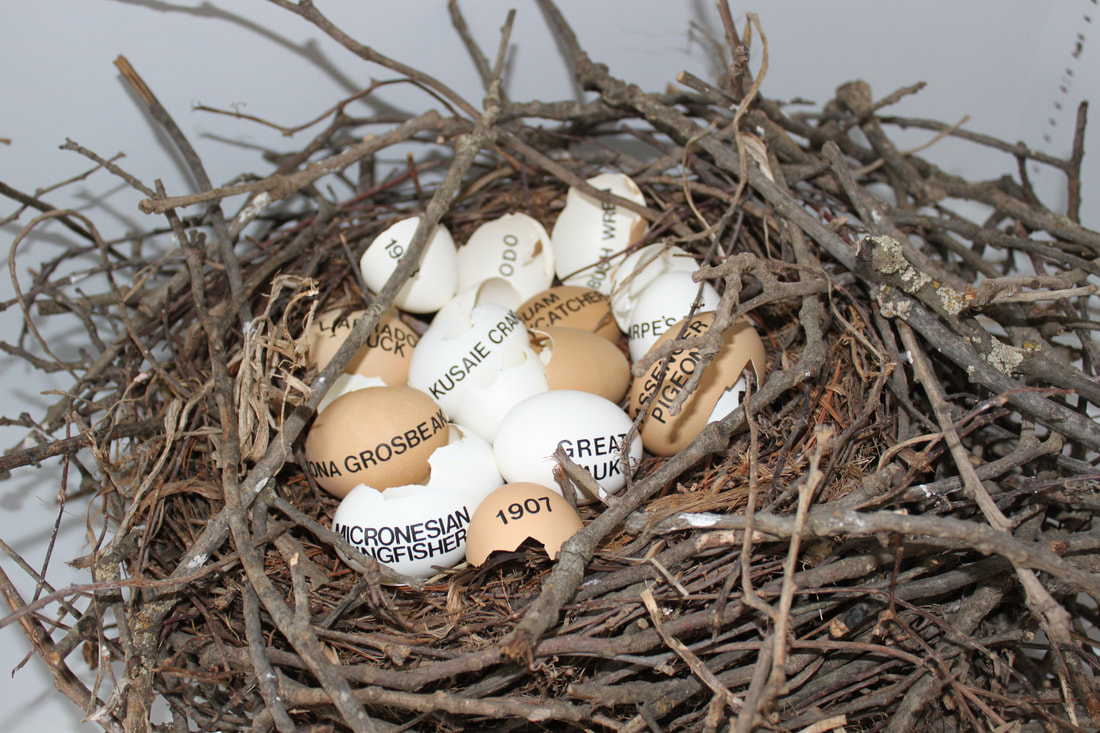
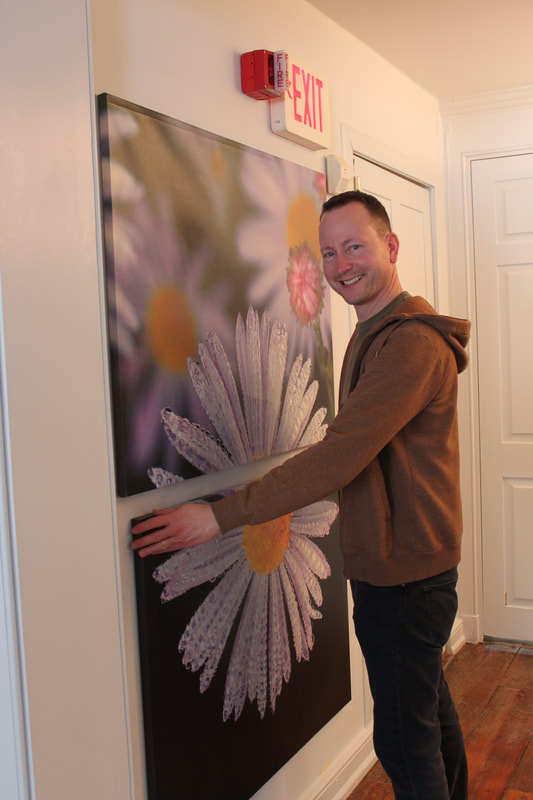
 RSS Feed
RSS Feed
